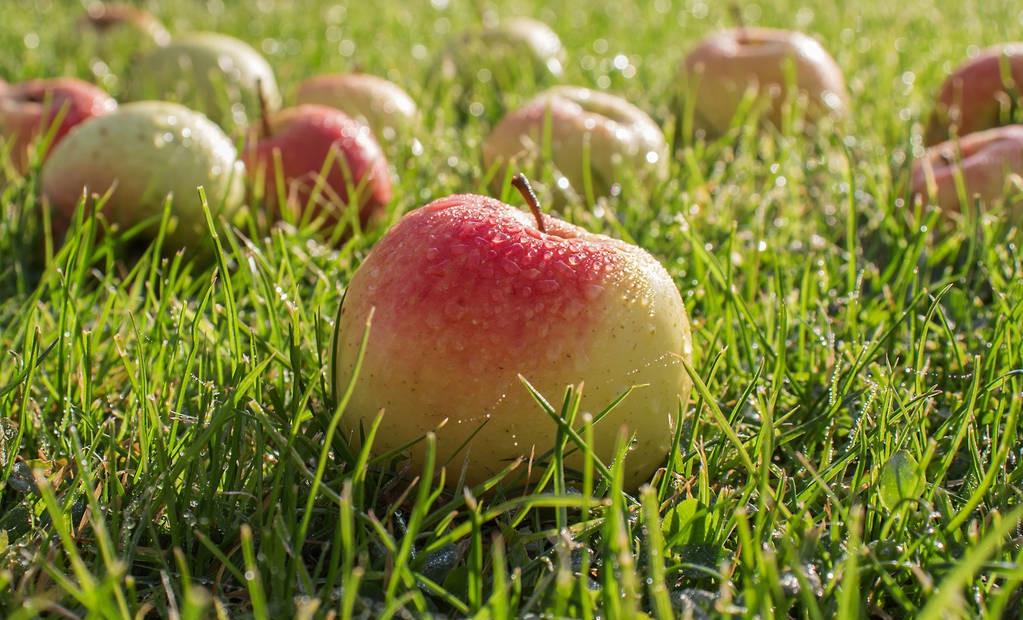Bactrocera dorsalis Hendel (Diptera Diptera, Also known as the Oriental Fruit Fly), is one of the most widely distributed and harmful omnivorous fruit and vegetable pests in the world, with 250 host species in 46 families. Female adults lay eggs into fruits and vegetables, and the larvae eat the flesh in the fruit, causing the fruit to rot or fall off before ripening, which seriously affects the yield and quality of fruits and vegetables, and some even completely lose their edible value, often causing significant economic losses to fruit farmers. At present, a large number of research work has been carried out on the biology, occurrence law, prevention and control methods of the insect, but due to its wide range of hosts, adaptability, strong flight ability and fertility, unstable control effect and other reasons, the orange small fruit fly often breaks out in some countries and regions, causing major economic losses.
Seeds with disease and pest resistance characteristics can effectively reduce the damage of orange flies to fruits, at the same time, by understanding the living habits and occurrence rules of orange flies, you can choose to improve fruit varieties, avoid the peak period of egg laying of orange flies, and can effectively prevent and control their damage to fruits. It turns out that the ripening period of peaches of early ripening varieties is usually in May to June, so early ripening peaches avoid the invasion of orange small fruit flies, while late ripening peaches are not spared. Concentrate on planting fruit trees of uniform varieties, rationally arrange the preferred fruits and non-hobby fruits and non-host fruits of orange small fruit fly, and plant the same crops at the same ripening stage in the same orchard. The aim is to ensure that the same variety of crops can be grown in the same area or that the crop matures at a similar level, coming from food

The source inhibits the growth of the orange fruit fly, and at the same time can effectively avoid the main parasitism of the orange fruit fly, expand the scope of harm, and block its completion of annual reproduction. Growers need to pay attention to the field situation in real time during the process of planting crops. Affected by the nibbling of the larvae of the orange fruit fly, the parasitic fruit often falls off before it reaches maturity. If this happens in the orchard, the grower should be aware of the possible existence of orange fruit flies, take timely prevention and control measures, and collect the dead fruit that fell to the ground and bury them deeply or rotted, in order not to create living conditions for the larvae and pupae of the orange fruit fly. Or the collected fruit is packed in a thick sealed plastic bag and placed in plenty of sunlight to kill the orange fly by suffocating the orange fly at high temperature, preventing the orange fruit fly larvae from falling into the soil from pupating. Ploughing the land in the spring and winter can effectively reduce or kill the larvae, pupae and pupa of the orange fruit fly hidden in the soil to overwinter, reduce the insect population base, and ensure the planting environment in the next year.
At present, the investigation in Huaihua area has found that the occurrence of orange small fruit flies shows a large trend, not only in the orange orchard there are a large number of orange small fruit flies, but also in the yellow peach, kiwi fruit and other crops have been found to have a large number of orange small fruit fly, and caused harm leading to a large number of fruit fall. It is of great significance to do a good job in predicting and forecasting and preventing and controlling orange small fruit flies.